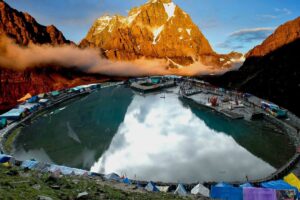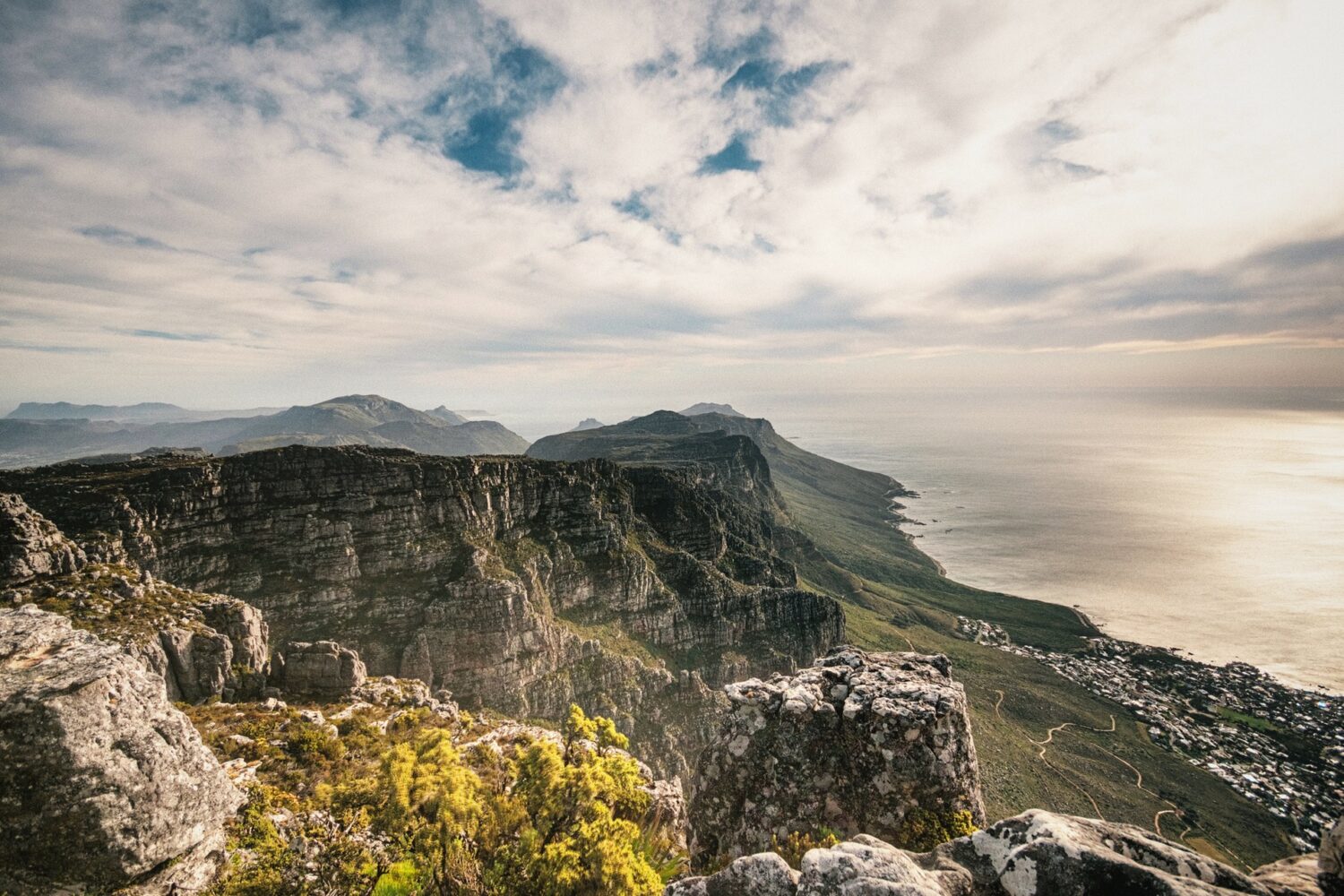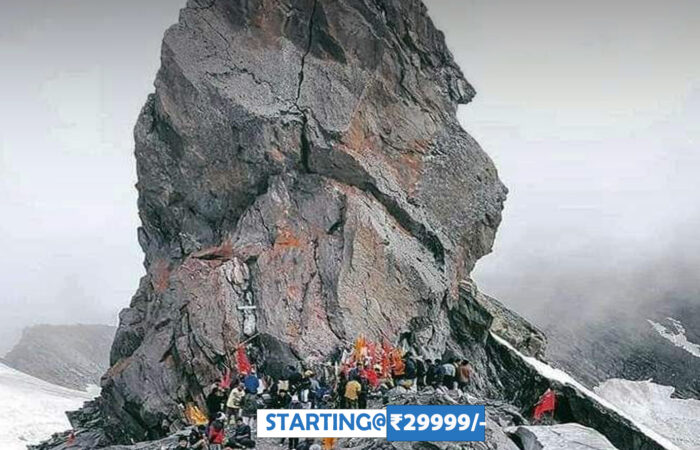Manimahesh Yatra – A Sacred Journey to the Abode of Lord Shiva

The Manimahesh Yatra is one of the most revered pilgrimages in Himachal Pradesh. Nestled in the Pir Panjal range of the Himalayas, this journey takes devotees to the holy Manimahesh Lake, located at an altitude of 4,080 meters, near the sacred Manimahesh Kailash Peak. Every year, thousands of devotees and trekkers undertake this spiritual trek, seeking blessings of Lord Shiva and experiencing the untouched beauty of the Himalayas.
The Legend of Manimahesh
According to local belief, the Manimahesh Kailash Peak is the abode of Lord Shiva, who is worshipped here as the supreme deity. The word “Manimahesh” means jewel of Shiva. Devotees believe that the glittering reflection of the peak in the lake resembles a shining jewel adorning Lord Shiva’s crown.
It is also said that Lord Shiva created the lake after marrying Goddess Parvati. Therefore, the yatra is not just a journey of faith but also a symbol of divine union and eternal devotion.
Route and How to Reach
The traditional yatra begins from Chamba town in Himachal Pradesh. From there, pilgrims travel to Bharmour, the base point of the trek. After seeking blessings at Chaurasi Temple Complex in Bharmour, the actual trek starts from Hadsar.
-
Hadsar to Manimahesh Lake: Around 13 km trek through rugged mountain paths, green meadows, and gushing streams.
-
Alternative route: A shorter but steeper trek via Holib and Dhancho, suitable for experienced trekkers.
-
Helicopter service: During the main yatra season, helicopter services are also available from Bharmour to Gauri Kund, reducing the trek distance.
Best Time to Visit Manimahesh
The best time for Manimahesh Yatra is from July to September, when the weather is relatively pleasant and the trekking routes are open. However, the main pilgrimage season is during Janmashtami and Radha Ashtami, usually between August and September, when thousands of devotees gather for the holy dip in Manimahesh Lake.
Outside this period, the region remains snow-covered and inaccessible.
What to Expect in the Yatra
-
A blend of spirituality and adventure – Walk through scenic mountain trails while chanting prayers to Lord Shiva.
-
Sacred holy dip – Devotees take a ritual bath in Manimahesh Lake to wash away sins and seek blessings.
-
Himalayan beauty – Snow-clad peaks, alpine meadows, waterfalls, and pristine streams accompany you throughout the journey.
-
Local culture – Experience the warm hospitality of the Gaddi tribe, who consider Lord Shiva their deity.
Expert Travel Tips for Manimahesh Yatra
-
Physical Fitness – Start preparing at least a month before. Regular walking, stair climbing, and breathing exercises will help.
-
Pack Wisely – Carry warm clothes, rain gear, trekking shoes, and a walking stick. Weather can change quickly.
-
Hydration & Food – Keep energy bars, dry fruits, and water bottles handy, as food stalls are limited after Hadsar.
-
Acclimatization – Take breaks, avoid rushing, and give your body time to adjust to high altitudes.
-
Travel Light – Pack only essentials; ponies and porters are available but limited.
-
Respect Traditions – Photography inside temples and sacred baths is restricted. Always follow local customs.
FAQs on Manimahesh Yatra
1. How difficult is the Manimahesh trek?
The trek is moderate in difficulty. Beginners can complete it with proper preparation, while experienced trekkers find it rewarding.
2. Is the helicopter option safe?
Yes, helicopter services operate during the main yatra season and are considered safe, though weather conditions may cause delays.
3. Can I do the Yatra without a group?
Yes, solo travelers are welcome. However, joining a group or booking with a yatra operator ensures safety and better arrangements.
4. What is the distance of the trek?
From Hadsar to Manimahesh Lake, the trek covers about 13 km one way.
5. Is accommodation available on the way?
Yes, temporary camps, tents, and dharamshalas are set up during the yatra season at Dhancho and Gauri Kund.
Click here or call us to Book Your Yatra +916395171962


